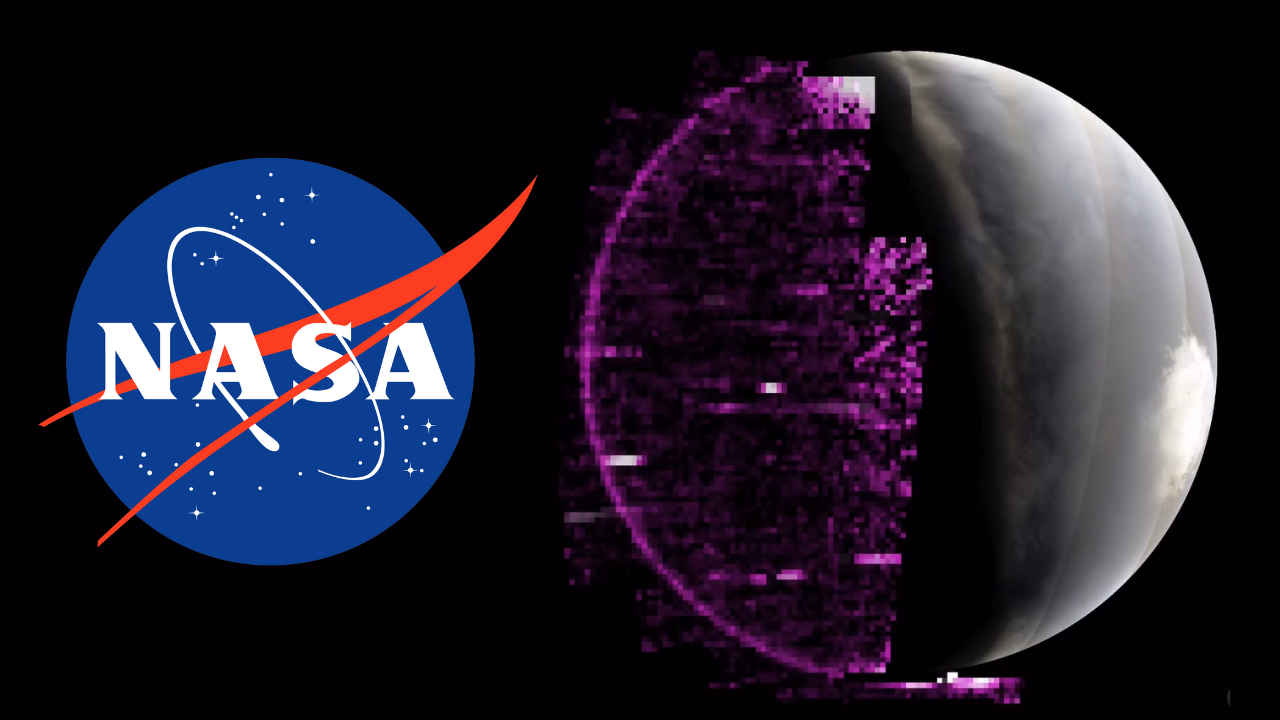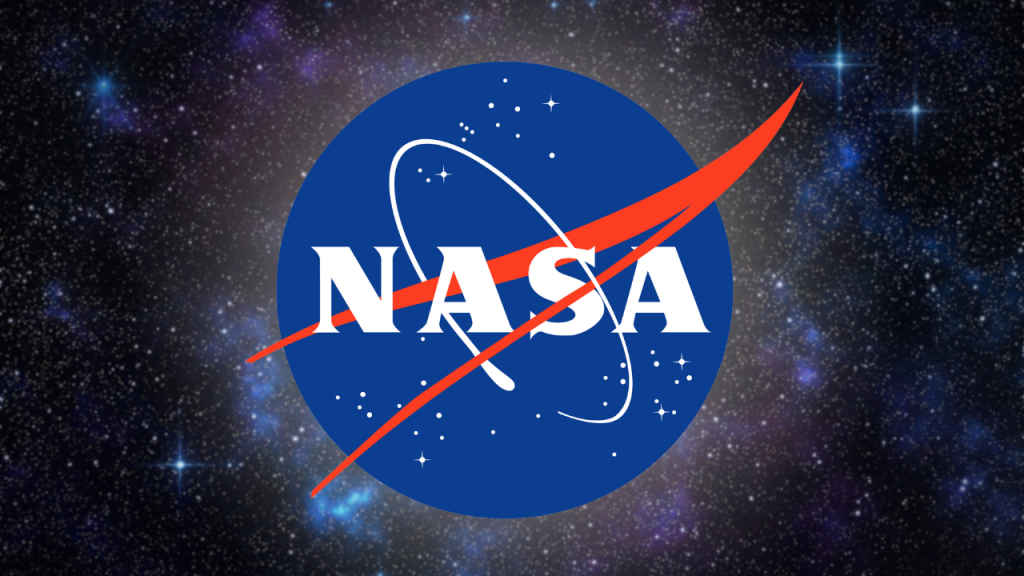Purple Rain: NASA releases video of auroras across Mars’ nightside

NASA has released a video that shows auroras on the Mars' nightside.
The brighter the purple, the more auroras were present.
NASA explains how auroras on Mars occur differently compared to those on Earth.
NASA, the US space agency, consistently captivates space enthusiasts with breathtaking images and educational videos showcasing Earth and the universe. NASA’s social media platforms serve as a rich resource for anyone captivated by the wonders of space.
Now, with its recent post, the space agency thrilled its Instagram followers by sharing a video displaying auroras on the nightside of Mars.
Also read: Asteroid 2024 KY1 to Make Close Approach to Earth tomorrow: All you need to know
Watch the video below.
The purple colour in the above video shows auroras across Mars’ nightside as detected by the Imaging Ultraviolet Spectrograph instrument aboard NASA’s MAVEN (Mars Atmosphere and Volatile EvolutioN) orbiter.
The intensity of purple corresponds to the presence of auroras: brighter shades indicate more aurora.
Also read: Scientists develop thinnest lens ever using Quantum Physics: All you need to know

“Taken as waves of energetic particles from a solar storm were arriving at Mars, the sequence pauses at the end, when the wave of the most energetic particles arrived and overwhelmed the instrument with noise,” NASA wrote in the caption.
NASA explains that auroras on Mars occur differently compared to those on Earth. Unlike Earth, which is protected by a strong magnetic field that limits auroras to polar regions (although recent solar activity has caused them to appear as far south as Alabama), Mars lost its own magnetic shield long ago. As a result, the planet is vulnerable to direct impacts from energetic particles. When these particles hit the Martian atmosphere, they produce auroras that can spread across the entire planet.
MAVEN took these images between May 14th and 20th, as the spacecraft orbited below Mars, looking up at the nightside of the planet (Mars’ south pole can be seen on the right, in full sunlight).
NASA further mentioned that the MAVEN team is preparing to celebrate the spacecraft’s 10th year at Mars in September 2024.
Ayushi Jain
Tech news writer by day, BGMI player by night. Combining my passion for tech and gaming to bring you the latest in both worlds. View Full Profile




